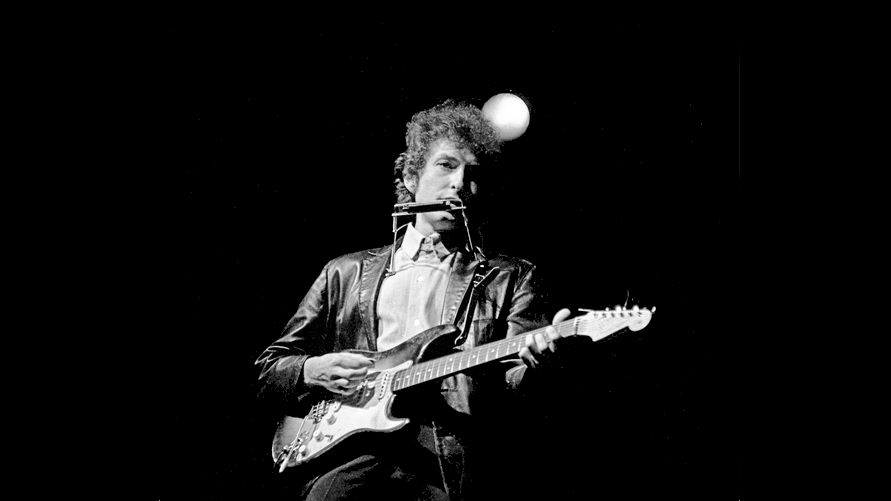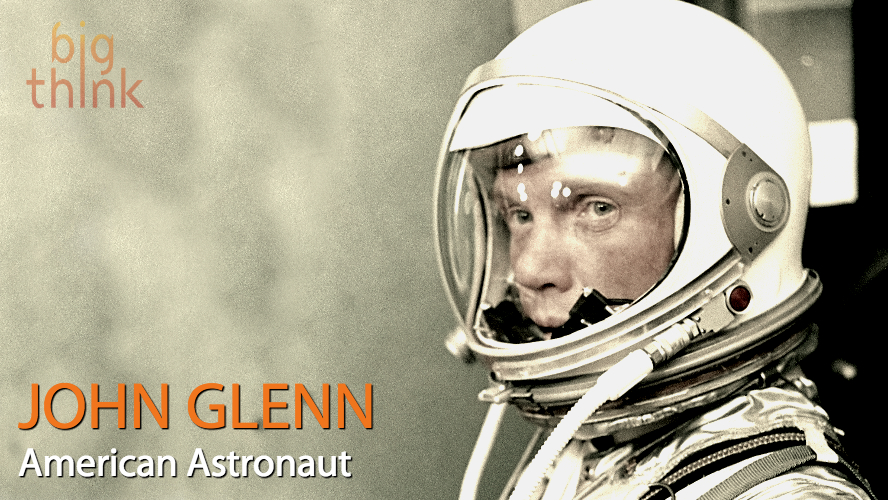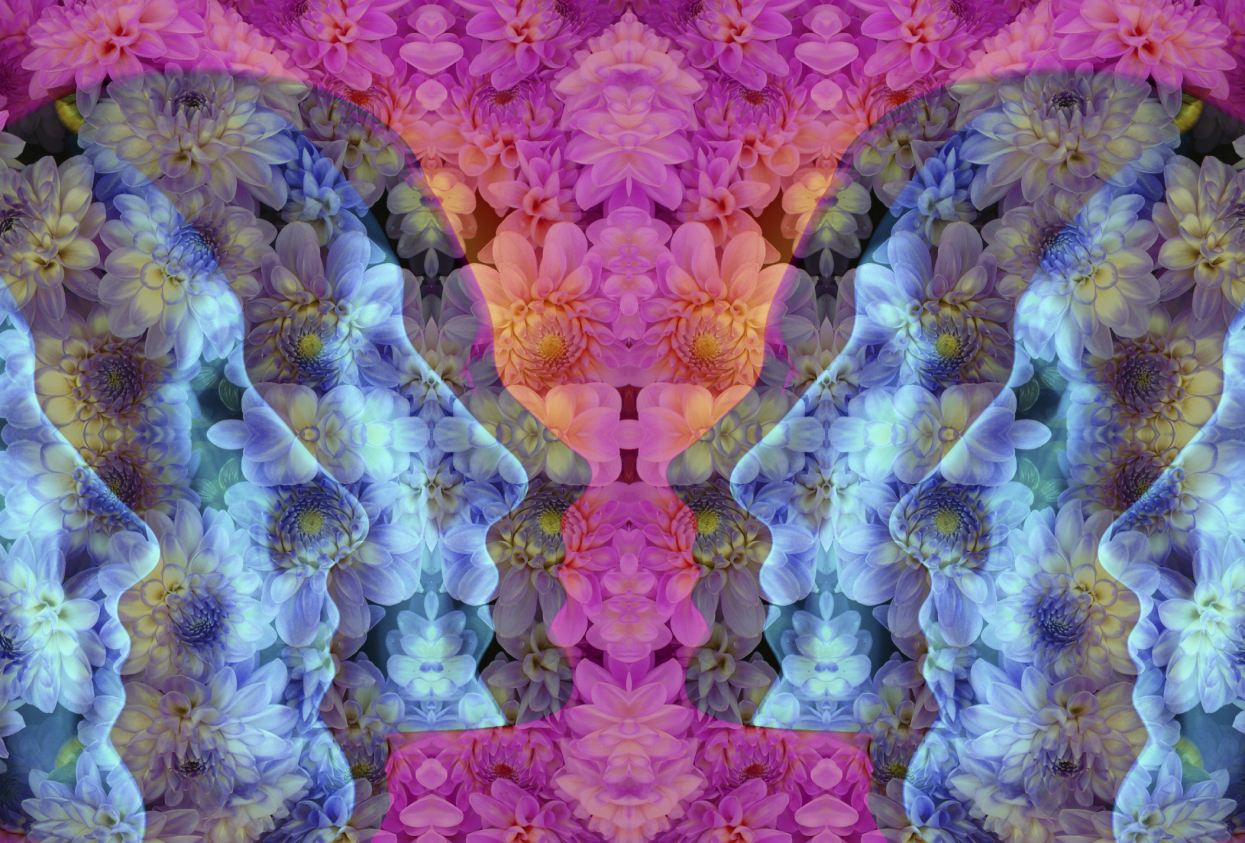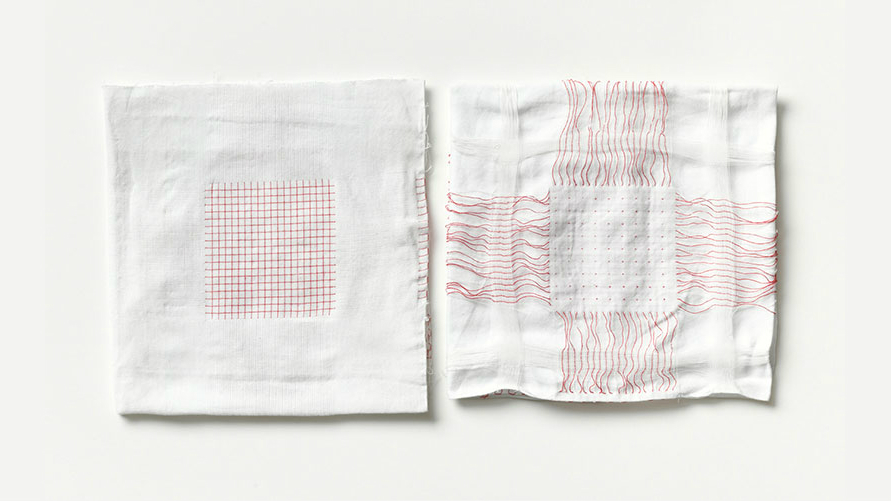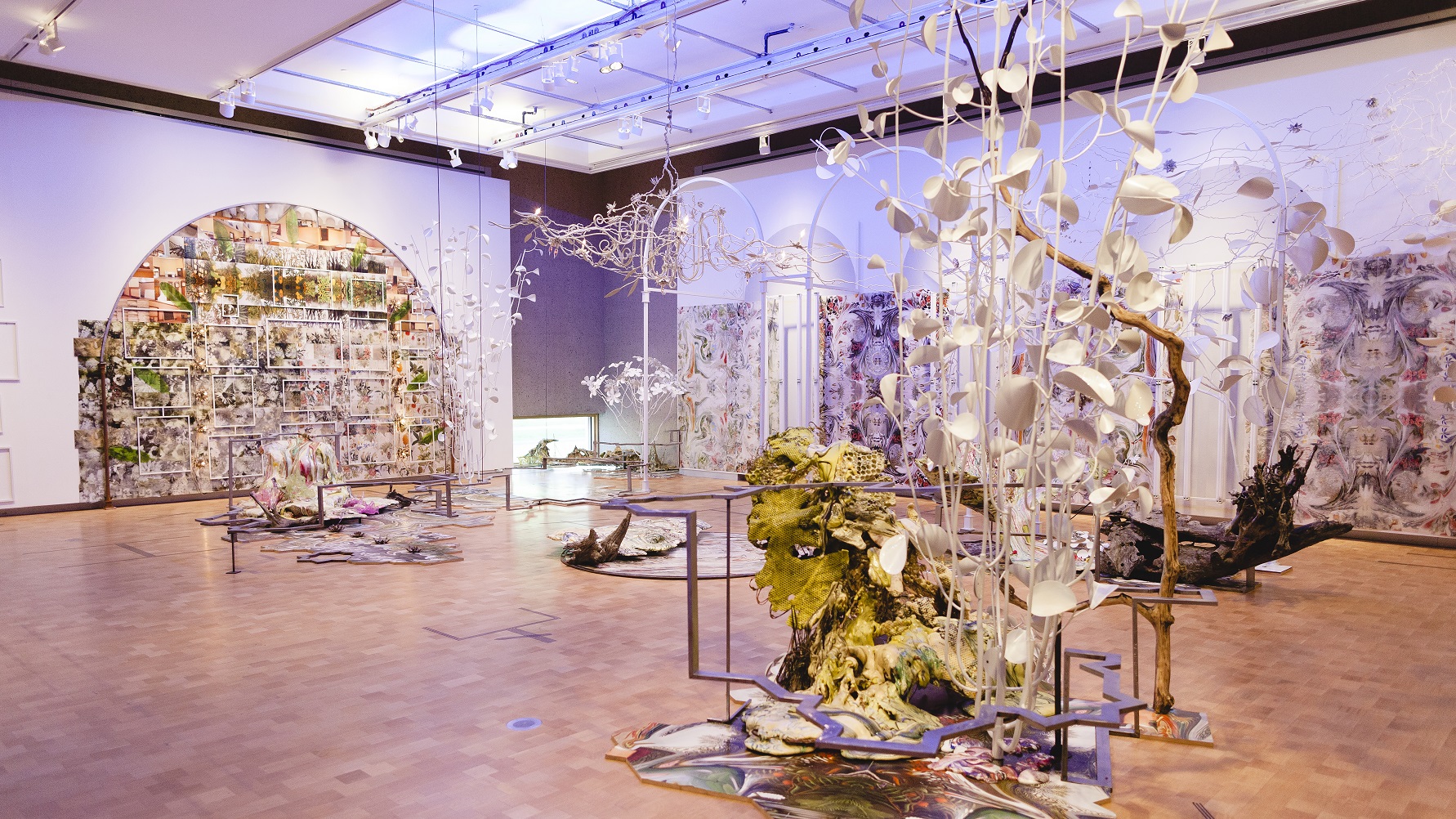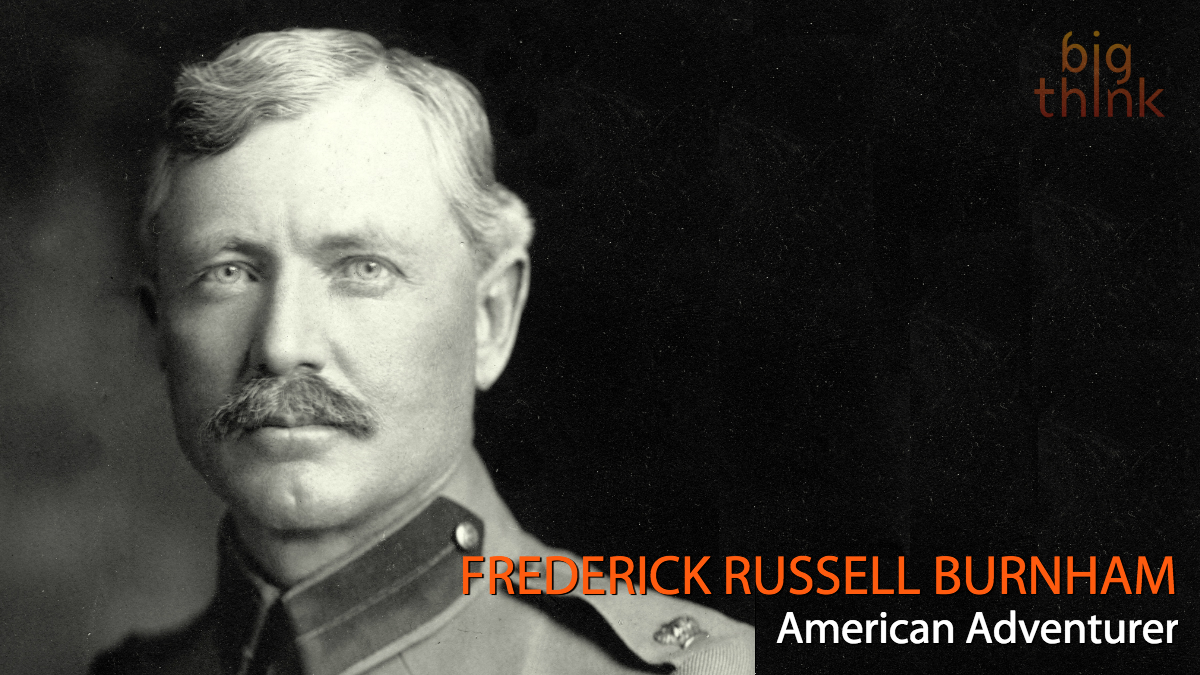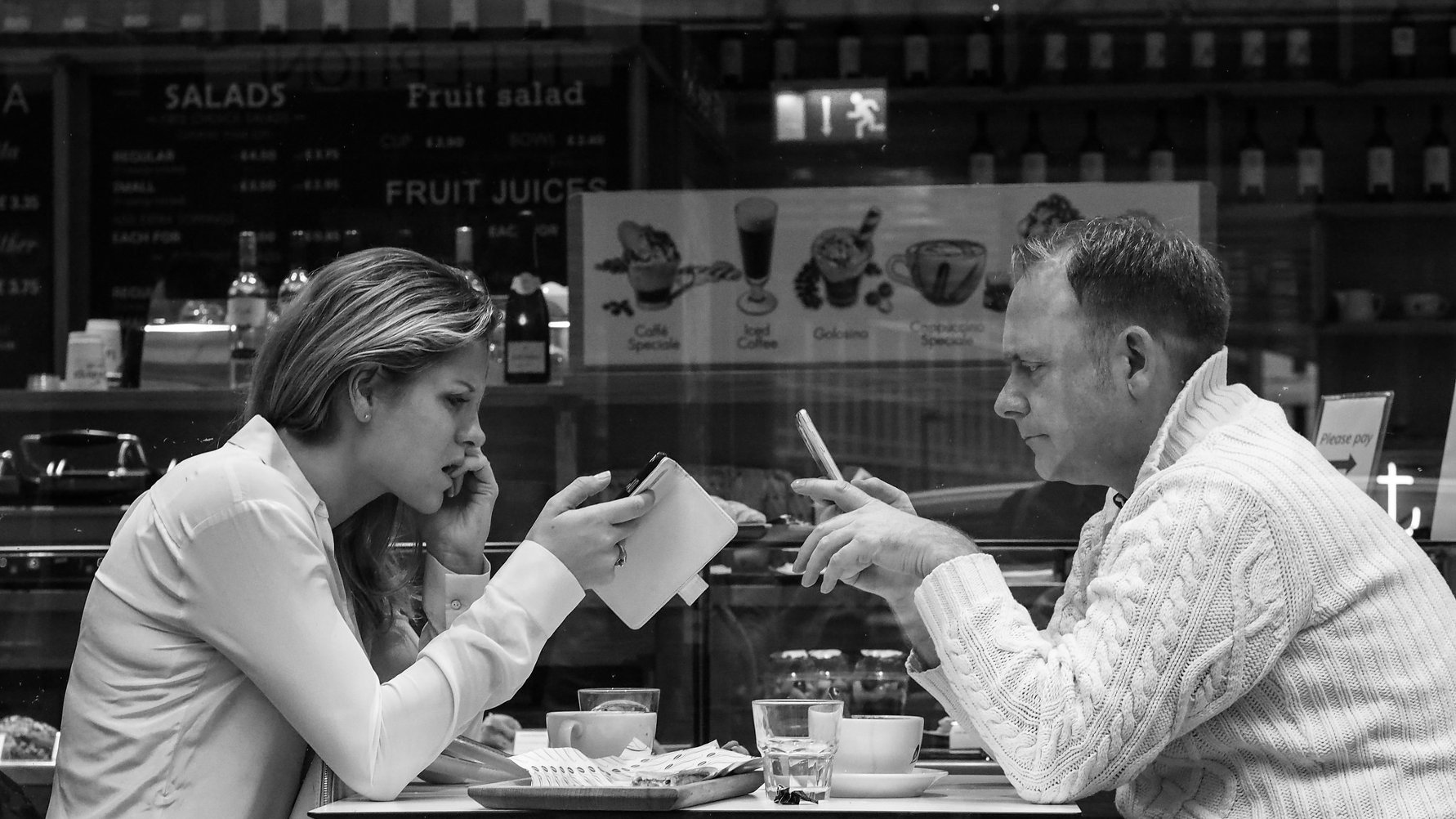Many don’t have a leg to stand on where their understanding of evolution is concerned. David Sloan Wilson (head of the Evolution Institute) says “natural selection is life Monopoly.” But, it could be more like basketball…
Search Results
You searched for: inspiration
By the 1960s the two most criticized art forms in America were modern art and television. Some critics called modern art mystifying junk, while others targeted TV as anything from trash to a threat to democracy. Revolution of the Eye: Modern Art and the Birth of American Television at The Jewish Museum, New York, hopes to redeem both media by exploring how modern art provided an ethos and aesthetic for early television — a debt repaid later as television, in turn, inspired a new generation of modern artists, including Andy Warhol, who began as a modernist-influenced graphic designer for, among other clients, television networks. By looking back at modern art and television’s mutual love affair from the 1940s to the 1970s, Revolution of the Eye challenges us to reflect on the artistic aspirations of TV’s latest golden age.
The beautiful and intricate Czech capital is like an anti-Silicon Valley.
Think not in terms of the bottom line, but the skyline.
For the 1960s generation, however, “the day the music died” was July 25, 1965 — the day when Bob Dylan crashed the 1965 Newport Folk Festival stage with an electric guitar in front of him and rock band behind him to rip into a loud, raucous version of his new hit, “Like a Rolling Stone.”
The “Kindness Diaries” author recounts an inspirational story of generosity that changed his life.
Modern technology has provided us with a seamless way of life, but we’ve also become accustomed to taking shortcuts.
This isn’t the Matrix. Should you wish to face the ugly reality, there’s no red pill you can swallow.
Because International has made shoes that can grow up to five sizes in five years, so no child has to go without.
Waiting until the last minute isn’t a healthy or productive way to produce your best stuff. Musician Dan Deacon has a unique take on creativity: draw your inspiration from boredom.
Social media is a place where anyone with a keyboard can shout out their ideals — no matter how controversial. However, researchers are finding that anorexics are taking to these sites and flaunting their unhealthy mentalities toward eating.
“What was scattered, gathers.What was gathered, blows away.” –Heraclitus When you think of our Solar System, you think of planets (and other object) orbiting our central star, with moons (or […]
So-called structured procrastination could help you be as productive as your go-getter peers.
“The most important thing we can do is inspire young minds and to advance the kind of science, math and technology education that will help youngsters take us to the next phase of space travel.”
Marijuana might steal the headlines, but psychedelics are making headway in the American consciousness. DMT: The Spirit Molecule producer/director Mitch Schultz discusses this trend.
Inspired by the real-life story behind the recent film Unbroken, the John Templeton Foundation has released a video teaching the importance of forgiveness.
Telecommuting breeds bad habits. It’s a good idea to adopt a schedule replete with forays out into the sunlight, as work breaks boost productivity.
Is it possible, how would it affect us, and would we be destroyed as a result? “There is a fifth dimension, beyond that which is known to man. It is […]
How to you inspire people? How do you touch an audience? High-wire artist Philippe Petit explains the secret is to not try at all. Instead, be yourself.
▸
2 min
—
with
Clickbait and viral content may be fascinating or annoying depending on your perspective as an e-consumer, but to internet researchers the phenomenon is the stuff of scientific wonder.
Where previous iterations of wearable technology have relied on gaudiness, Google’s new smart fabric comes with an understanding that innovation doesn’t always need to be flashy.
June 21 is International Yoga Day, a move sponsored by the Indian prime minister — and quickly capitalized upon by the Indian tourism board.
Few business buzzphrases draw as much interest (and ire) as “disruptive innovation.” Disrupt or die, the thinking goes. Old orders must make way for new. At the Barnes Foundation, home of Dr. Albert Barnes’ meticulously and idiosyncratically ordered collection of Impressionist and Post-Impressionist masterpieces left just so since his death in 1951, three artistic innovators aim at questioning and challenging Dr. Barnes’ old order. Mark Dion, Judy Pfaff, Fred Wilson: The Order of Things invites three award-winning, contemporary installation artists to disrupt the existing paradigm at the Barnes and assist us in seeing Dr. Barnes and his collection in a whole new way.
High-wire artist Philippe Petit, who four decades ago performed illegally between the World Trade Center towers, explains how his personal brand of outlaw creativity can be harnessed to inspire and solve problems.
▸
1 min
—
with
Considered a major inspiration for the founding of the international Scouting movement, Major Frederick Russell Burnham was an adventurer who wrote on the power of leadership.
If winter is coming, this epic artwork is the spring thaw. “When I was a kid, my world was five streets long. I never got away, except in books. I […]
Nature invented software billions of years before we did. “The origin of life is really the origin of software,” says Gregory Chaitin (inventor of mathematical metabiology). Life requires what software does. It is fundamentally algorithmic. And its complexity needs better thinking tools.
The court of public opinion has never been stronger than in our current social media age. But does the brand of justice it dishes out improve upon or subvert the rule of law?
Reports on the Apple Watch have said it will change everything — for better or for worse, depending on whom you ask. Mark Sullivan, however, is one of the hopefuls.
A spiritual practice helps us learn about ourselves. It’s also a great way to make money.




